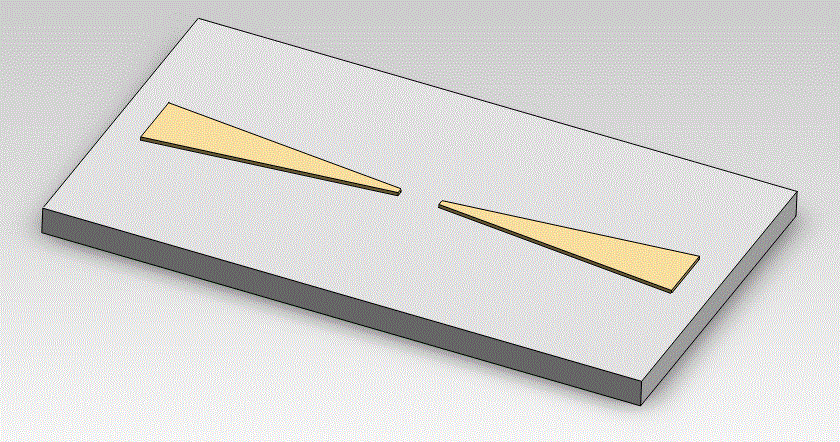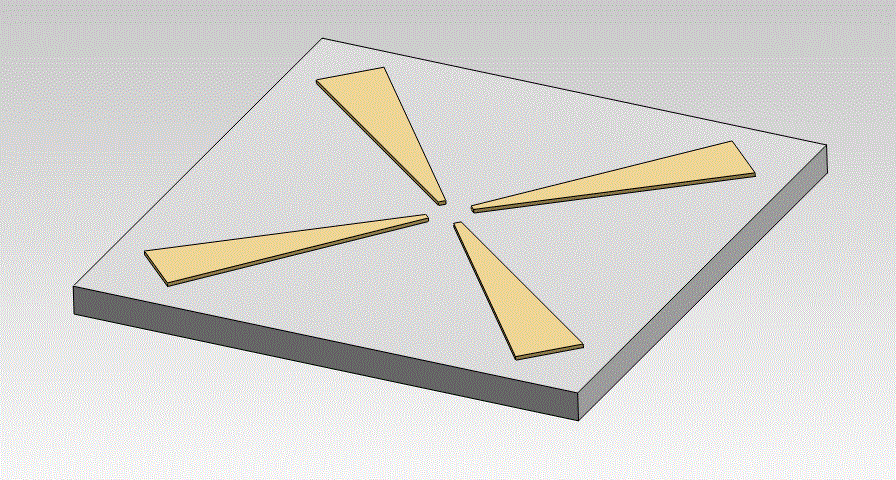Research Abstract
Near-field spatial mapping of strongly interacting multiple plasmonic infrared antennas
Near-field dipolar plasmon interactions of multiple infrared antenna structures in the strong coupling limit are studied using scattering-type scanning near-field optical microscopy (s-SNOM) and theoretical finite-difference time-domain (FDTD) calculations. We monitor in real space the evolution of the plasmon dipolar mode of a stationary antenna structure as multiple resonantly matched dipolar plasmon particles are brought into close proximity.
Interparticle separation, length, and polarization-dependent studies show that the cross geometry favors strong interparticle charge–charge, dipole–dipole, and charge–dipole Coulomb interactions in the nanometer-scale gap region. This results in significant field enhancement in cross-bowtie structures, allowing their use as polarization filters.
Nanoscale local field amplitude and phase maps reveal that due to strong interparticle Coulomb coupling, cross-bowtie structures redistribute and substantially enhance the out-of-plane (perpendicular to the sample plane) plasmon near-field component at the gap region, compared to conventional bowtie structures.

Representation of a Bowtie Antenna

Representation of a Cross-Bowtie Antenna